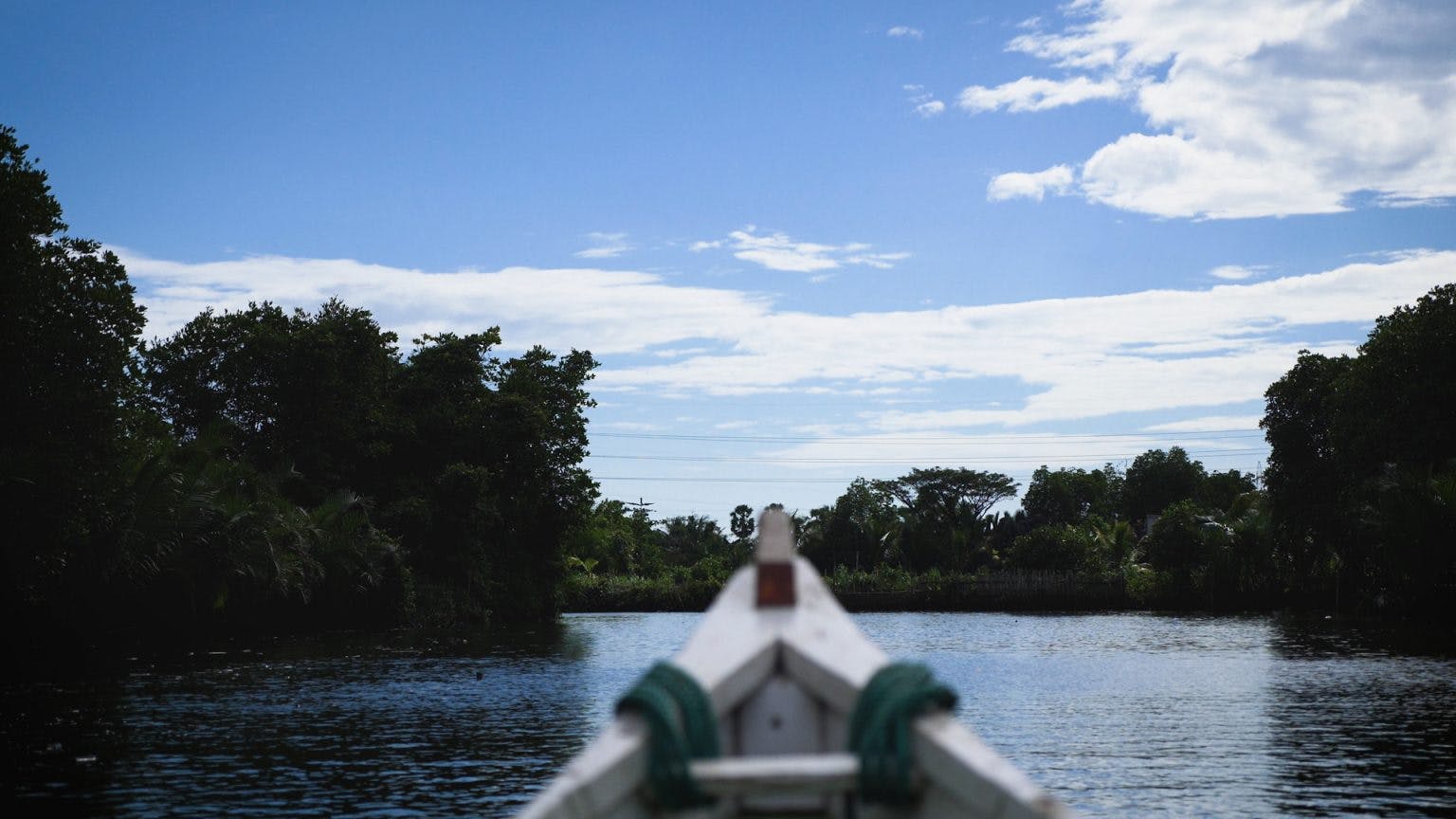Hominins人族
The conception of the work is based largely on prehistoric cave paintings on Sulawesi Island, as well as fossils and remains undiscovered or still undergoing excavation in East Asia, Southeast Asia and other regions. The creation of cave paintings marks the dawn of the intelligent creature discovering images for immersive experience. Species of different lineages can develop similar functions because of being in similar environments— what we call convergent evolution; different ethnicity groups, too, are able to develop consistent cognitive ability in similar spaces. As one of the oldest cave paintings, the painting at Leang-Leang cave had witnessed the beginning of consciousness, which happened across different locations in human history. It illustrates the common ground of humans and how they gradually evolve to share more similarities.
Hand prints, deers, and pigs drawn on different surfaces in the cave, altogether, constitute what is like a VR experience at the dawn of consciousness. Be it a newly-emerged religious ritual, popular prehistoric “VR”experience, or artistic masterpieces in current modern-day exhibitions, consciousness doesn’t happen as if it were an updatable software whose newest version can be obtained through download and a system reboot. Evolution is a continuum, an ongoing and uninterrupted timeline. For either human beings in ancient times, or internet users in an era of big data and algorithms, transitioning changes never stop happening. The missing link in the course of evolution is never missing. It’s the current species situated in a specific segment of time who fails to comprehend a prehistoric way of seeing and to go further beyond in order to see what’s missing in the course of evolution.
以蘇拉威西島上的史前洞穴壁畫,和其他在東亞、東南亞,或不同地區正被開發或尚未被發掘的化石與遺跡作為發想藍本。洞穴壁畫的創造作為智能生物發覺沈浸式體驗(immersive experience)影像的黎明,不同的物種可以在處於相似的環境下趨同演化(convergent evolution)出相近的機能,而不同的人類族群也可以在相似的空間下發展出一致的認知能力,作為世界上最古老的洞穴壁畫之一的亮亮洞穴(leang-leang cave)壁畫,見證了意識的多核心起源,同時也述說著人族族群的相同與逐漸相同的關係。
洞穴中被畫在不同方位的手掌印與鹿豬,猶如人類族群在意識的黎明創造出的VR體驗,不論是新興的宗教儀式、史前最夯的實境體驗或是當期展出的藝術鉅作,意識在生命體上的發生並不如同軟體的更新,下載並重新開機即可以得到最新的版本,演化是一條持續且從不間斷的時間軸,不論是遠古時代的人族族群,或是活在大數據時代的網路、演算法和它的使用者們,過渡的轉變從來沒有停止,物種演變及其失落連結並沒有遺失,只是現今物種身處在的時間切面無法理解史前的觀看方式,並超越當下維度地發掘在演化過程中失落的景象。
All copyright reserved by the artist. 作品版權歸藝術家所有。
For enquires, please contact vmac@videotage.org.hk
